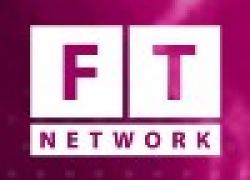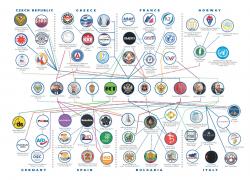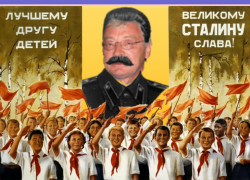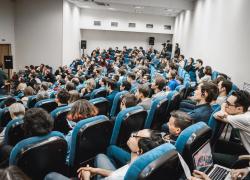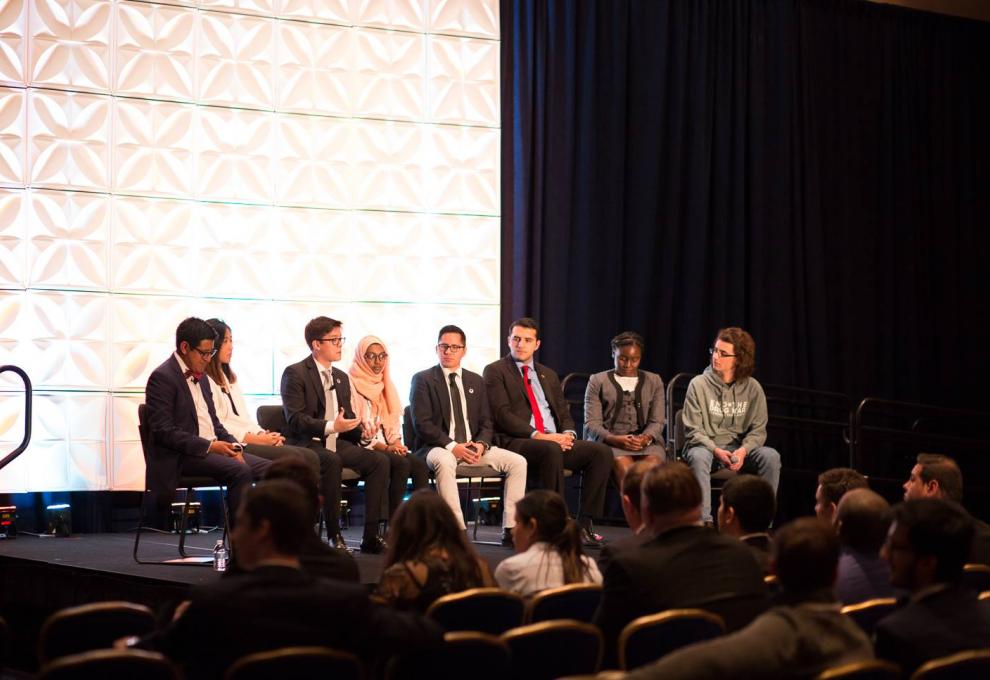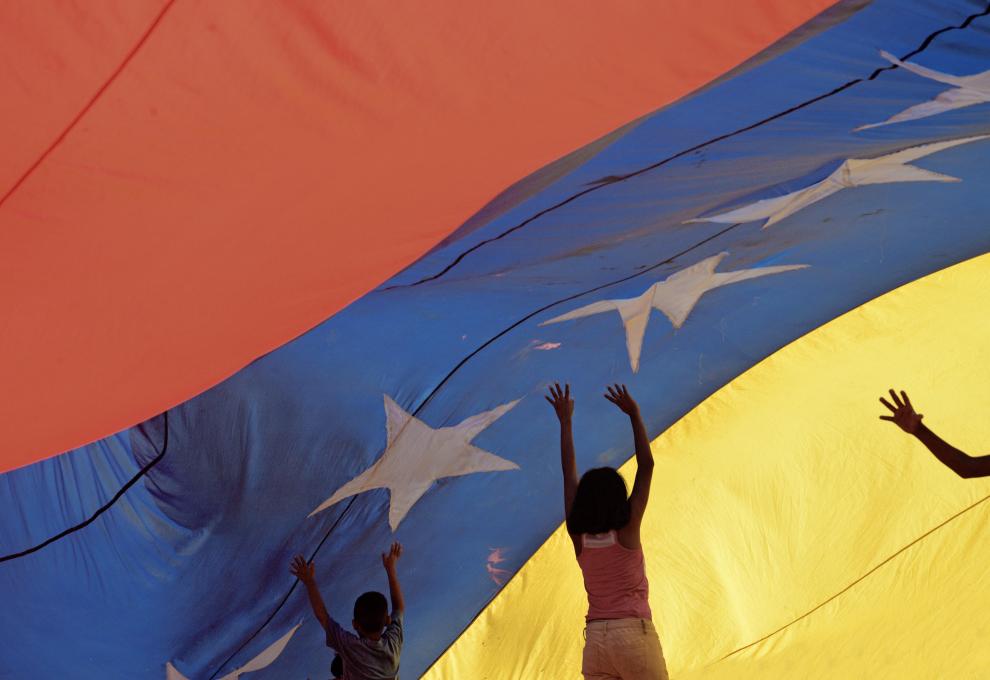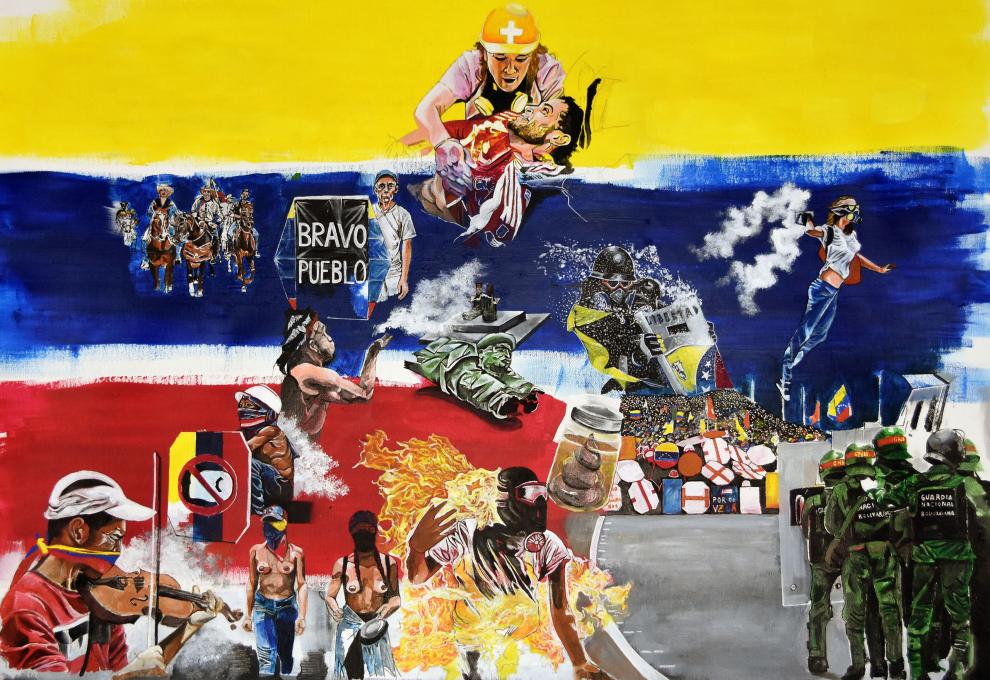Christchurch Massacre Symbolism Provokes Toxic Balkan Disputes
Coverage of the New Zealand mosque massacre that focused on the Balkan nationalist symbols used by the gunman exposed a deep lack of understanding of internet culture and the far-right online communities that inspired him.
Almost immediately after the horrible act of violence that left 50 people dead and dozens injured in Christchurch, New Zealand, the first reports started pouring in, grabbing the attention of the media and social media users in Serbia, Bosnia and Herzegovina, Croatia and elsewhere in the Balkan region.
Interest in the region was driven by the imagery used by the perpetrator before the attack, in his manifesto, as well as during the shooting, which he streamed live on Facebook.
Much has been written about the perpetrator, the crime itself and the global media coverage. But what was particularly interesting in the Balkans was the narrative that various stakeholders were trying to create around the act, what motivated it and the imagery used.
Ideas from far-right message boards
The perpetrator carefully curated the soundtrack that accompanied his drive to the massacre; it included a song performed by Waffen SS Choir, popular among fascists, the Initial D anime series track ‘Gas Gas Gas’ and an obscure video that goes by the name ‘Serbia Strong’ (also known as ‘Remove kebab’) that was produced in the mid-1990s and first uploaded to YouTube on August 3, 2008.
The last caused much discussion on social media, where users speculated as to whether the perpetrator may have been of Serbian descent. Photographs of the weapons he used quickly followed.
They bore white scribbled references to people and events that the perpetrator clearly either admitted or wanted to somehow involve in his act.
They referenced events such as the Siege of Malta in 1565, the 1683 Battle of Vienna, the 1805 Battle of Ivankovac, 2018 Global Compact for Migration as well as personalities such as Stephen the Great (1457-1504), voivode of Moldova, Sebastiano Venier, a Venetian admiral with a notable role during the 1571 Battle of Lepanto, Skanderbeg, an Albanian military commander and national hero, Milos Obilic, Lazar Hrebeljanovic, Novak Vujosevic and Bajo Pivljanin – all of whom fought against the Ottoman Empire.
There were also derogatory Greek references to Turks during the Greek Wars of Independence.
It was a mixed bunch, but a common thread was clear and would be explained in his ‘Manifesto’.
Besides the historical references, there were references to other figures too; US conservative commentator and alt-right figure Candace Owens was referenced throughout the manifesto.
A meme from the Great Subscriber War, reflecting the competition for YouTube subscribers between channels T-Series and PewDiePie, was referenced, as was one of the more obscure internet memes, the Navy Seal Copypasta.
It quickly became apparent that the perpetrator had announced the attack and streamed it through one of the most popular platforms of the alt-right, far-right and white supremacy communities.
It was clear that he was a part of several far-right communities and that much of the inspiration for his writings and ideas came from the message boards of these communities.
The manifesto itself is a semi-coherent text of concerns that the perpetrator had about immigration and race, which he said intensified during a trip to Europe, France in particular. Throughout the manifesto he discussed ‘The Great Replacement’, a theory popularised by fringe far-right groups that there is a plan to destroy the white race through immigration and overpopulation.
He describes himself as an ethno-nationalist and identifies the Chinese political and economic system as a model. He condemns individuality and capitalism, talks about the possibility of seizing the means of production and shows concern for issues of climate change.
Popular online video game Fortnite and platformer video game ‘Spyro the Dragon 3’ are also referenced, likely as another in-group joke. He engaged in shitposting – overloading message boards with short, trollish, ironic or memetic messages.
From his interaction and communication, it was clear he was trying very hard to ‘virtue signal’ to his own online community, to win approval and some form of recognition.
How did the region react?
In a region with plenty of wounds from the wars of the 1990s and constant bickering between the leaders of each country, a number of analysts and media outlets adopted narratives that played well with their audiences and their messaging.
And though there were examples where there was clear purposeful manipulation, what was more concerning was the lack of idea as to where to start the reporting and how to cover the story.
This reflected a deeper issue that so many of those commenting and writing on the situation are simply not equipped to discuss or do not understand internet culture. They do not understand memes and the nature of some of the most visited message boards on the internet responsible for the likes of Rickrolling, Gamergate and the They Will Not Divide Us movement.
This resulted in lengthy guessing-game as to whether the perpetrator was of Serbian origin, if he was radicalised by the Serbian far-right or if he even tried to influence the appeal in the trial of Bosnian Serb wartime leader Radovan Karadzic. This notion came from both the far-right Serbian Radical Party leader Vojislav Seselj, but also some more reputable journalists.
There has even been confusion over whether he worked at a fast food joint after he listed his occupation as ‘kebab remover’.
Others reacted by suggesting he was under the strong influence of Serbian propaganda. Political scientist Jasmin Mujanovic tweeted that “there is clear embrace of program & ideology of 1990s Serb nationalism, a staple of present day Western far-right”.
There are legitimate concerns with presenting the perpetrator as someone who was involved in the Serbian nationalist cause or was even influenced by warriors of 600 years ago, simply because we know that it is not the case.
As shown by the recent Discord chat log leaks from the neo-Nazi communities such as Identity Europa, right-wing, alt-right and identitarian extremists around the world are very well connected.
Using platforms such as 4chan and 8chan, an increasing number of Discord groups and other message boards these dangerous groups are able to mobilise, exchange theories and ideas and calls to action.
There is an ex-Yugoslav community discussing historical perspectives and there are definitely members of these communities coming from the Western Balkans.
As part of the ‘White Genocide’ and ‘Great Replacement’ theories, many of these extremists are exchanging views and information that in their mind, builds their case further. There have also been reports of the perpetrator traveling through the region and there is a possibility he got further insights into the Balkan references during this time.
But saying they are somehow the primary reasons or motivations for his actions just does not add up, bearing in mind all the available information at the moment, including the manifesto written by the perpetrator himself.
It seems he was no more influenced by these than figures such as Candace Owens, PewDiePie and the online communities he frequented and which he was trying to impress by taking so many lives.
There is an obvious need to frame the stories to be most interesting to the people in the region in which a specific media is based, but it is also necessary to cover all angles and present an unbiased account of events.
Sadly, few managed to do so in the first 36 hours after the attack, instead amplifying assumptions that just a few minutes of research easily debunk. Instead, they served the cause the perpetrator had in mind – creating distrust and worsening relations between people of different ethnicities or religions.
Aleksandar Kokotovic is European Programs Director at Students for Liberty
The article was first published by Aleksandar Kokotovic @
https://balkaninsight.com/2019/03/19/christchurch-massacre-symbolism-provokes-toxic-balkan-disputes


